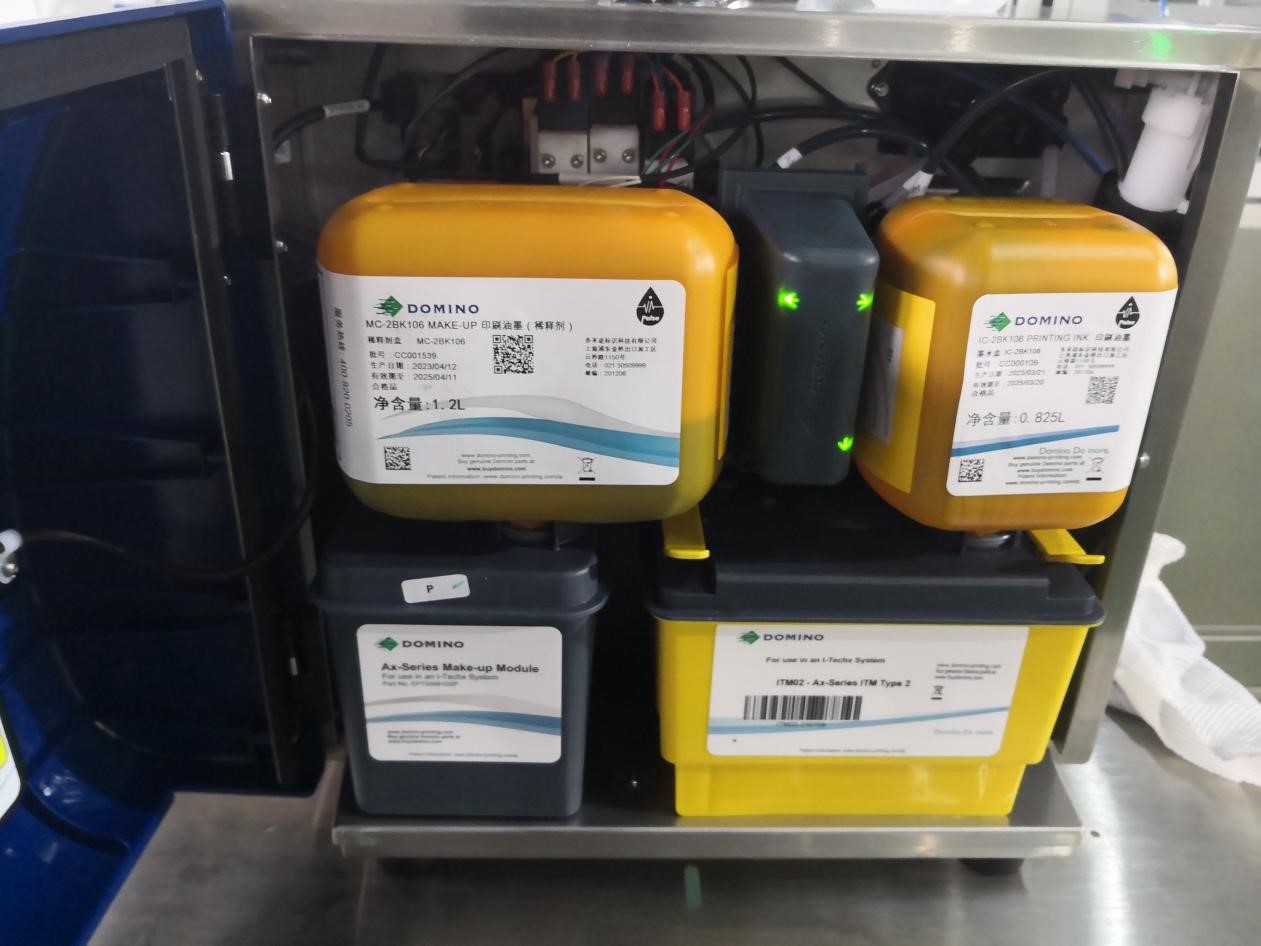Table of Contents
Benefits of Using Rotary Thermal Transfer Overprinting Machines
Thermal transfer overprinting machines are essential tools in the packaging industry for printing variable information such as expiration dates, barcodes, and batch numbers on packaging materials. These machines use heat to transfer Ink from a ribbon onto the substrate, ensuring clear and durable printing. There are several models of thermal transfer overprinting machines available in the market, each with its own unique features and benefits. In this article, we will take an in-depth look at the benefits of using rotary thermal transfer overprinting machines.
One of the key advantages of rotary thermal transfer overprinting machines is their high-speed printing capabilities. These machines are equipped with multiple print heads that can simultaneously print on different areas of the substrate, allowing for faster production speeds. This is especially beneficial for manufacturers with high-volume production requirements, as it helps to increase efficiency and reduce downtime.
Another benefit of rotary thermal transfer overprinting machines is their versatility. These machines can be used to print on a wide range of substrates, including flexible packaging materials, labels, and cartons. They are also capable of printing on uneven or irregular surfaces, making them suitable for a variety of packaging applications. This versatility allows manufacturers to use a single machine for multiple printing needs, saving time and resources.
In addition to speed and versatility, rotary thermal transfer overprinting machines offer high-quality printing results. The heat transfer process ensures that the ink adheres firmly to the substrate, creating crisp and clear prints that are resistant to smudging and fading. This is particularly important for packaging materials that are exposed to harsh environmental conditions or handling during transportation.
Furthermore, rotary thermal transfer overprinting machines are easy to operate and maintain. They are equipped with user-friendly interfaces and intuitive controls that allow operators to set up and adjust printing parameters quickly and easily. Additionally, these machines require minimal maintenance, reducing downtime and ensuring continuous production.
One of the key considerations when choosing a rotary thermal transfer overprinting machine is the cost. While these machines may have a higher upfront investment compared to other printing technologies, they offer long-term cost savings through increased efficiency and reduced waste. The high-speed printing capabilities of rotary machines help to improve productivity and reduce labor costs, while the versatility of these machines eliminates the need for multiple printing systems.
Overall, rotary thermal transfer overprinting machines are a valuable investment for manufacturers looking to improve their packaging printing capabilities. These machines offer high-speed printing, versatility, and high-quality results, making them ideal for a wide range of packaging applications. With their ease of operation and maintenance, as well as long-term cost savings, rotary thermal transfer overprinting machines are a reliable and efficient solution for meeting the printing needs of today’s packaging industry.
Comparison of Inline and Offline Thermal Transfer Overprinting Machines
Thermal transfer overprinting machines are essential tools in the packaging industry for printing variable data such as expiration dates, barcodes, and batch numbers on packaging materials. These machines use heat to transfer ink from a ribbon onto the substrate, resulting in high-quality, durable prints. There are two main types of thermal transfer overprinting machines: inline and offline models. Each type has its own set of advantages and disadvantages, making it important for businesses to carefully consider their needs before investing in one.

Inline thermal transfer overprinting machines are integrated into the Packaging Line, allowing for seamless printing of variable data directly onto the packaging material as it moves through the production process. This type of machine is ideal for high-speed production lines where efficiency is key. By eliminating the need for manual handling of the packaging material, inline machines can significantly increase productivity and reduce the risk of errors. Additionally, inline machines are often more compact than their offline counterparts, making them a space-saving option for manufacturers with limited floor space.
On the other hand, offline thermal transfer overprinting machines are standalone units that can be used independently of the packaging line. This type of machine is typically used for smaller production runs or for printing variable data on pre-printed packaging materials. While offline machines may not offer the same level of integration as inline machines, they provide greater flexibility in terms of printing location and can be easily moved between different production lines. Additionally, offline machines are often more cost-effective than inline machines, making them a popular choice for small to medium-sized businesses.
When comparing inline and offline thermal transfer overprinting machines, it is important to consider factors such as production volume, printing speed, and flexibility. Inline machines are best suited for high-volume production lines where speed and efficiency are paramount, while offline machines are more versatile and cost-effective for smaller production runs. Businesses should also consider the type of packaging material being used, as certain substrates may require specific printing technologies or ribbon formulations.
In terms of maintenance and operation, both inline and offline thermal transfer overprinting machines require regular cleaning and maintenance to ensure optimal performance. Inline machines may be more complex to operate due to their integration with the packaging line, while offline machines offer a more straightforward setup and operation process. Businesses should also consider the availability of technical support and spare parts when choosing between inline and offline machines, as downtime can have a significant impact on production efficiency.
In conclusion, both inline and offline thermal transfer overprinting machines have their own set of advantages and disadvantages. Businesses should carefully evaluate their production needs, budget, and technical requirements before investing in a thermal transfer overprinting machine. By choosing the right type of machine for their specific needs, businesses can improve efficiency, reduce errors, and enhance the overall quality of their packaging materials.

